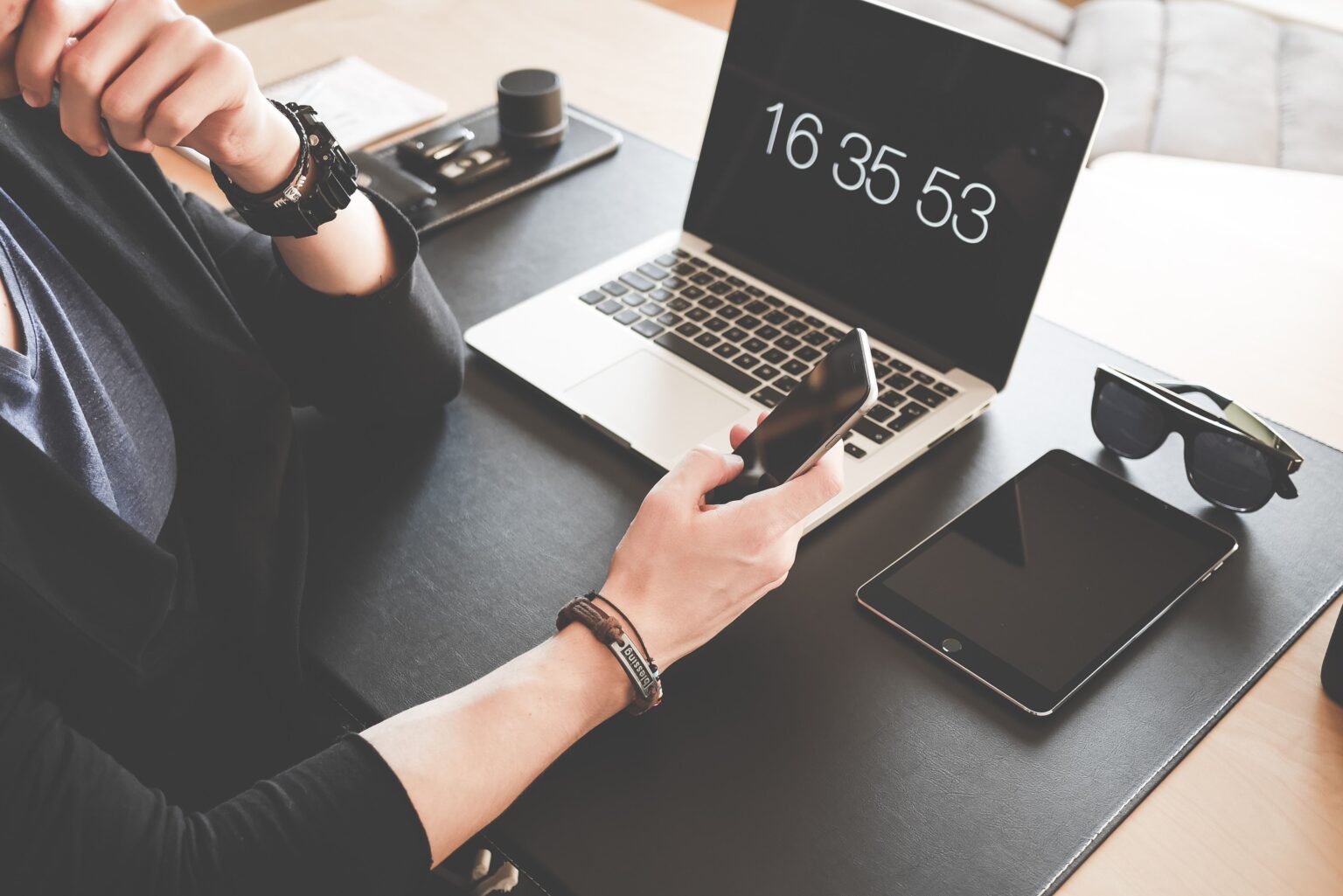While smartphones are amazingly useful devices, too much screen time isn’t good for your physical and mental health. For example, too much time on your phone can cause insomnia and neck pain. Furthermore, smartphone addiction is becoming an increasing concern. So if you want to reduce the time you or your children spend on smartphones and tablets, what can you do?
Use built-in app tools
With increasing awareness of the effects of too much smartphone and social media use, some social media platforms (such as Facebook and YouTube) have built-in tools to limit the amount of time you spend on them. You can access these features in your account settings on the mobile apps. On Facebook, the feature is called ‘Your Time On Facebook’, while on YouTube you can access the limiting features in the ‘Time Watched’ menu. Once you’ve set up your limits, they will notify you when you’ve reached your daily quota.

Switch on Do Not Disturb mode
Both Android and Apple have a Do Not Disturb mode that prevents apps from sending you notifications at certain times, for example at bedtime, while you’re driving or when you’re simply taking a timeout. You can access this mode in the shortcuts above your notifications on your home screen or in your phone settings menu. You can set certain times and days when Do Not Disturb is automatically enabled or manually switch the mode on and off.

Lock apps
If you’re looking for a stricter solution to curb your phone usage, there are several apps that can limit the time spent on certain apps. Apps such as Your Hour take a gentle approach, training you to spend less time on apps with notifications and warnings. Other apps, such as Offtime, take a more aggressive approach and can restrict access to apps and even block calls and notifications when your time limit is reached.
Whichever approach you take, putting these measures in place will help you value your time – both on and off your phone.



